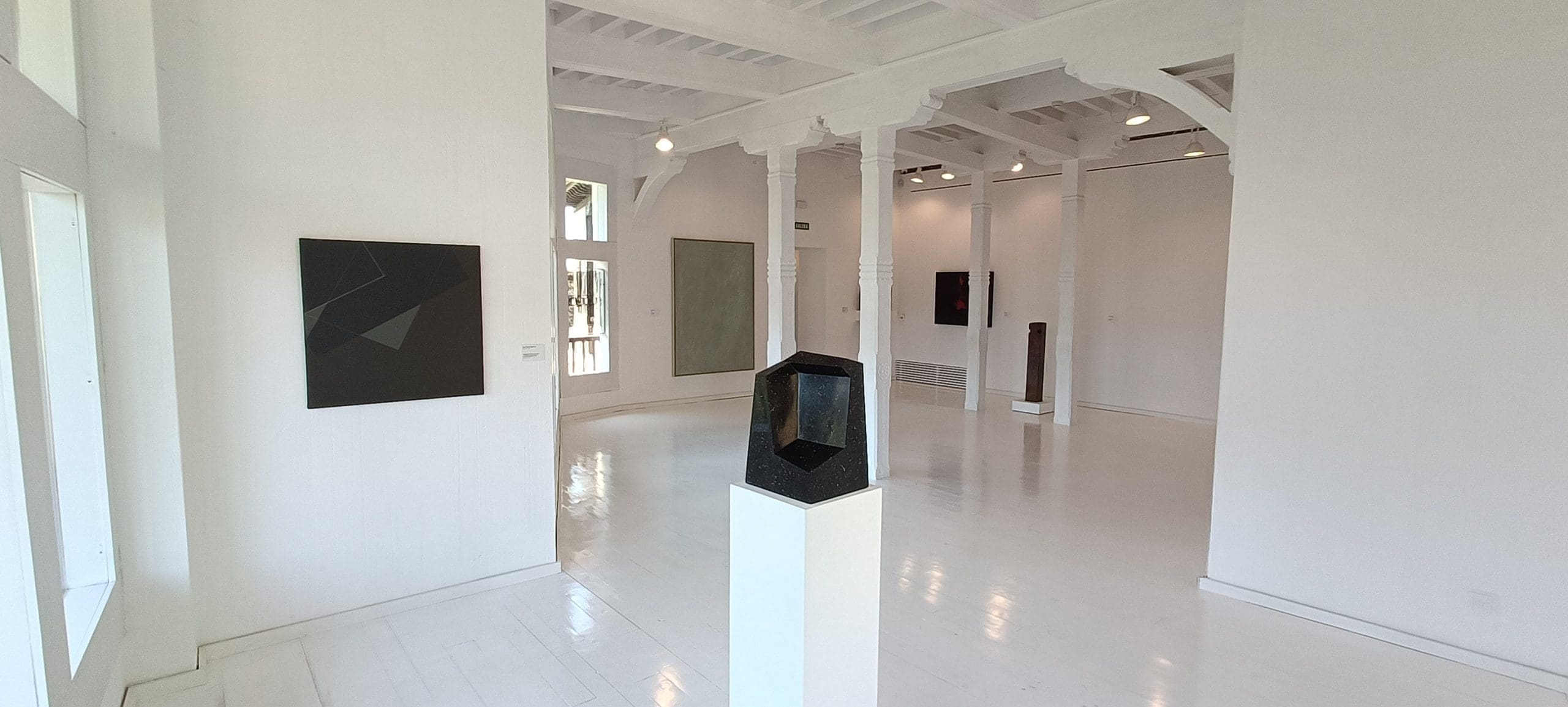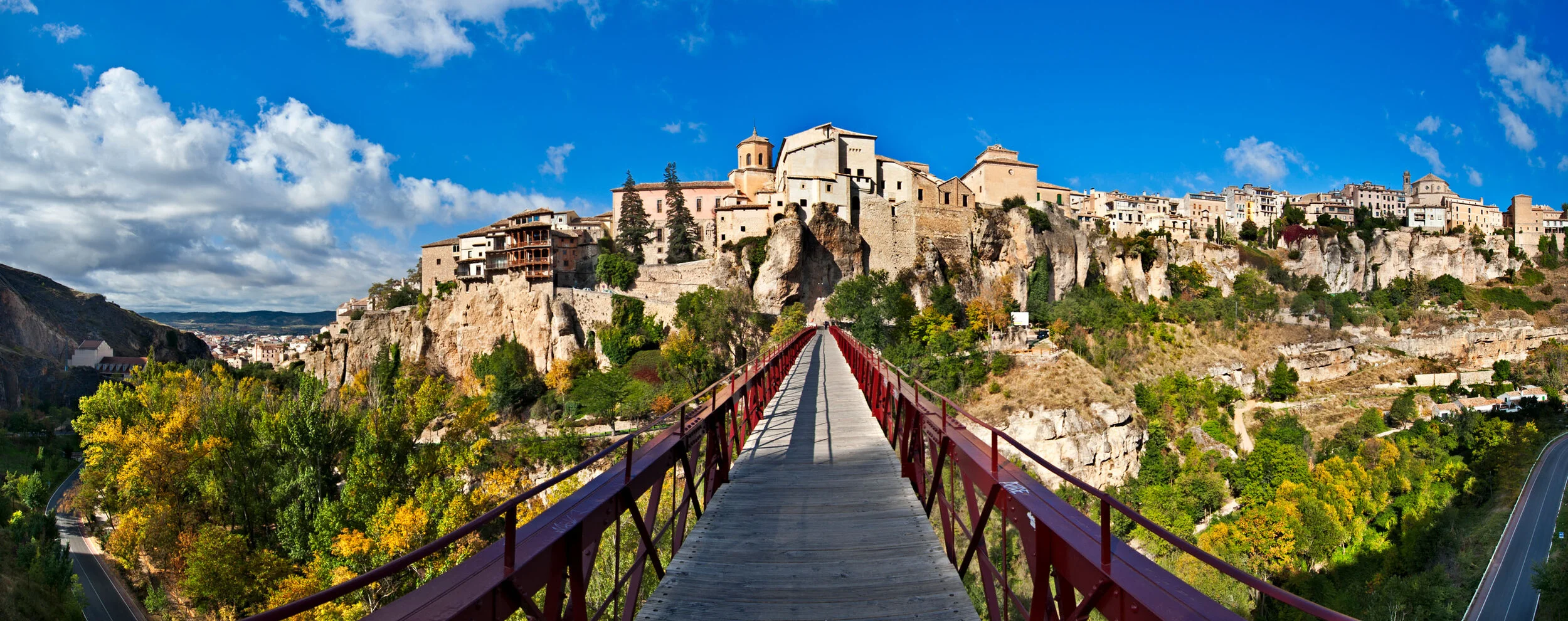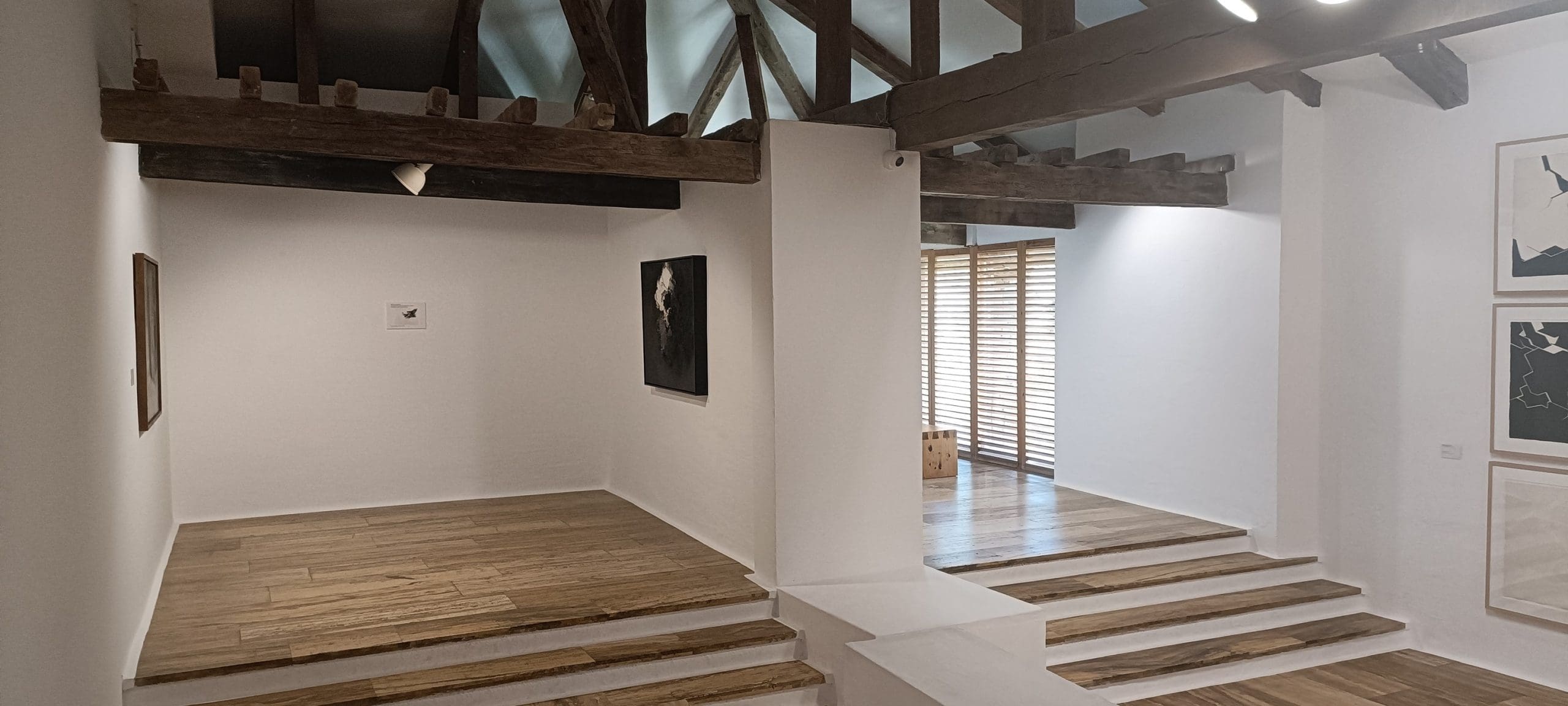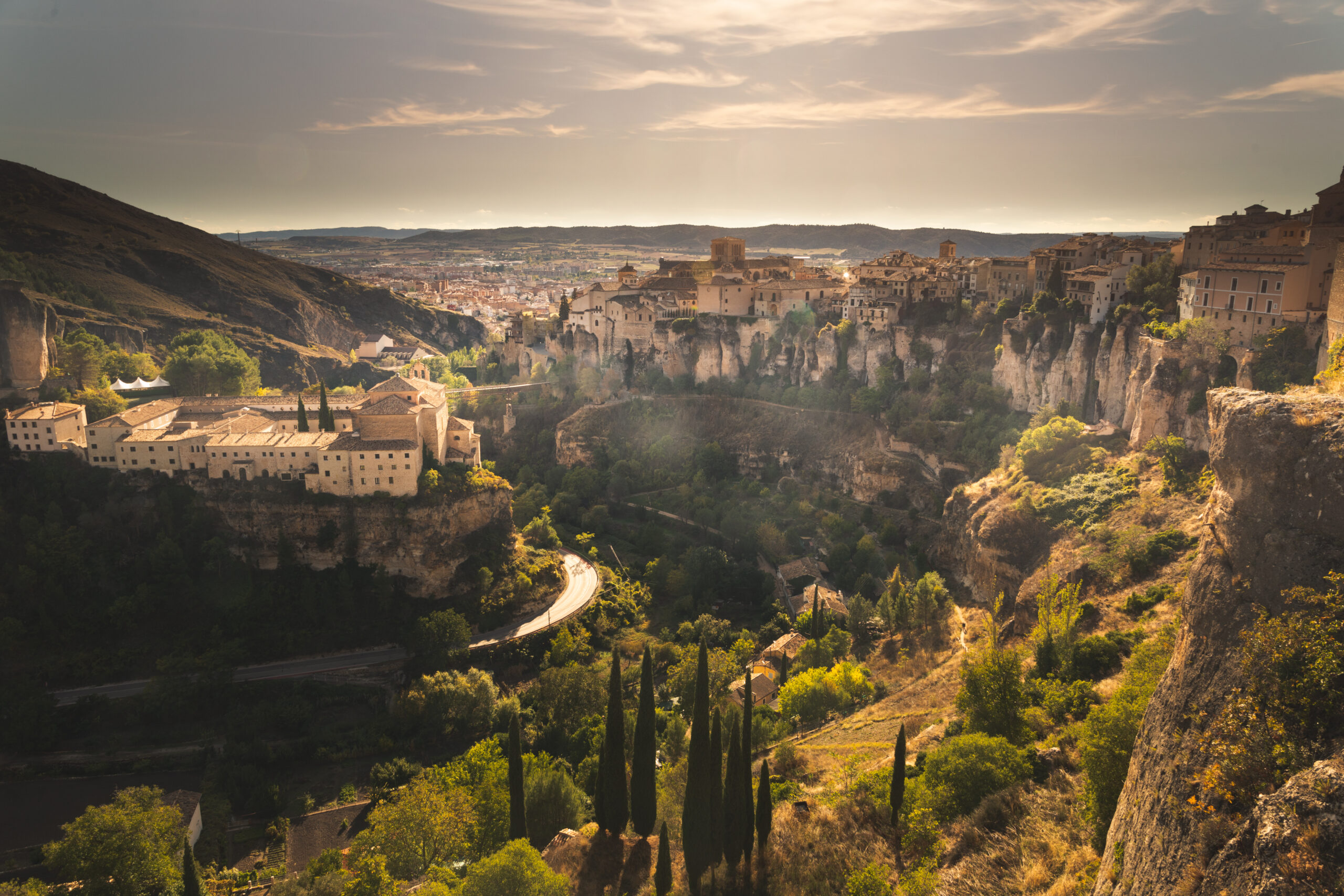Spanish Abstract Art Museum: The Avant-Garde Suspended over the Huécar Gorge
A space where modern art meets centuries of history and breathtaking scenery
In the heart of Cuenca’s historic center, literally hanging over the void, the Spanish Abstract Art Museum occupies one of the country’s most iconic architectural complexes: the Casas Colgadas (Hanging Houses). Founded in 1966 by painter and collector Fernando Zóbel, this museum has become an international reference point for lovers of abstraction and a must-see for anyone visiting the city.
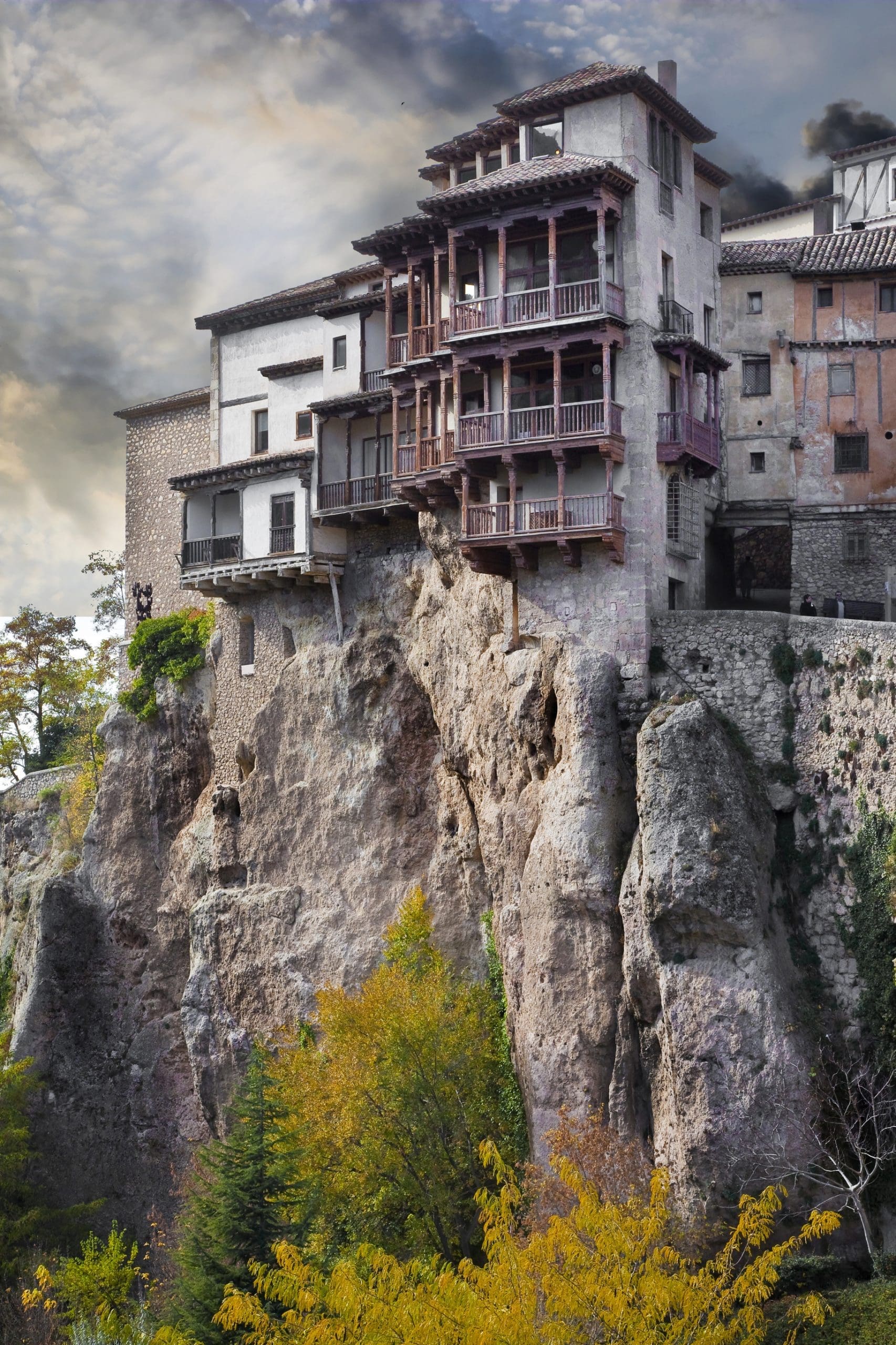
Historic Architecture, Contemporary Vocation
From medieval dwellings to a refuge for abstract painting
The Casas Colgadas (Hanging Houses), the undisputed symbol of Cuenca, date back to the 15th century and exemplify both medieval engineering and aesthetics. Built upon stone foundations embedded in the rock, with masonry walls and façades that project over the gorge on timber frameworks, they were once the residences of wealthy families who enjoyed privileged views of the Huécar Gorge and the coolness afforded by their location.
When Fernando Zóbel (1924-1984) discovered them, he saw in them more than just a historical relic: he found the perfect home for his collection of abstract art. A painter, collector, and patron of Filipino origin and international training, Zóbel had settled in Spain in the early 1960s and maintained close ties with some of the most important abstract artists of the time. His vision was not only to bring together works of art, but also to create a living space for the contemplation and study of contemporary art in a country with very few such initiatives.
The restoration respected the original elements—beams, balconies, and wooden floors—while adapting the interiors to modern museum standards: carefully designed lighting, controlled climate, and a fluid layout that encourages contemplation.
In 1977, barely a decade after its opening, the museum received recognition that would mark its international standing. Alfred H. Barr, founder and first director of the Museum of Modern Art in New York (MoMA), described it as “the most beautiful small museum in the world.” This praise not only extolled the uniqueness of the place, but also the audacity of its proposal in a Spain with very few spaces devoted to contemporary art.
Today, the building blends seamlessly into the medieval skyline of Cuenca, offering an experience in which contemporary art coexists with the echoes of history and unique views of the gorge. With more than 1,500 works in its collection—of which a rotating selection is on display—it serves as a bridge between mid-20th-century creativity and the perspective of today’s visitors.

Living Centre for Creation and Study
Beyond the permanent collection
The Spanish Museum of Abstract Art is much more than an exhibition space. Since its inception, it has cultivated a vocation as a cultural laboratory, a place where art is not frozen in display cases, but is constantly revisited and reinterpreted.
In addition to its permanent collection—which brings together key figures such as Tàpies, Torner, Mompó, and Millares—the museum organizes temporary exhibitions that establish connections with other disciplines, trends, and generations of artists. These exhibitions bring dynamism and allow each visitor to have a different experience each time.
The museum also houses a specialized library and a documentary archive that serve as a resource for researchers and curators. Here, catalogues, correspondence, and graphic material are preserved, helping to reconstruct the cultural context in which Spanish abstraction was born. In this way, the center fulfills an academic function that has consolidated its position as an international reference point.
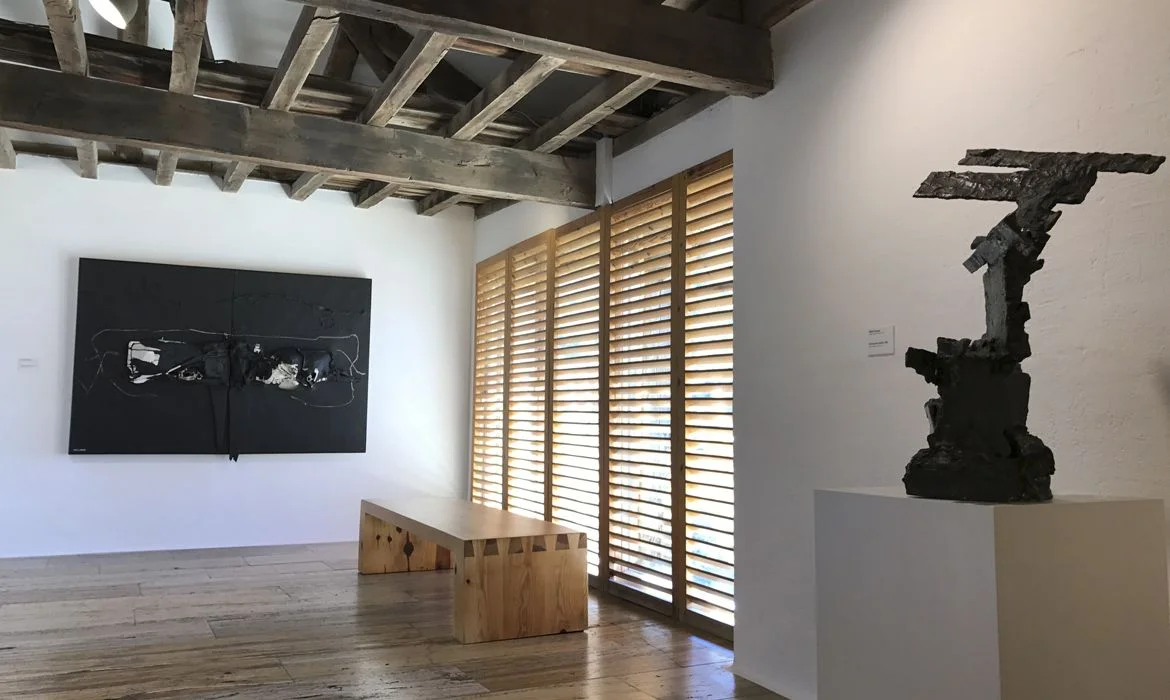
A Sensory Journey
Art as an immersive experience
Visiting this museum is not limited to moving from one gallery to another. The architecture itself demands a different gaze, a turn in a corridor reveals a balcony hanging over the abyss; a narrow staircase leads to a luminous room where the white walls intensify the strength of the pigments.
The location over the Huécar gorge adds a poetic dimension to the experience. The large windows offer panoramic views that change with the light and the seasons: from the winter fog that envelops the rock to the summer sun that makes the limestone sparkle. This constant dialogue between exterior and interior makes the visit more than just a cultural event: it is a sensory experience in which sight, hearing, and even smell—with the fragrance of ancient wood—are engaged.
The layout of the works is designed to foster contemplation. The spaces invite you to pause, observe the textures closely and let time flow at the leisurely pace that art demands.
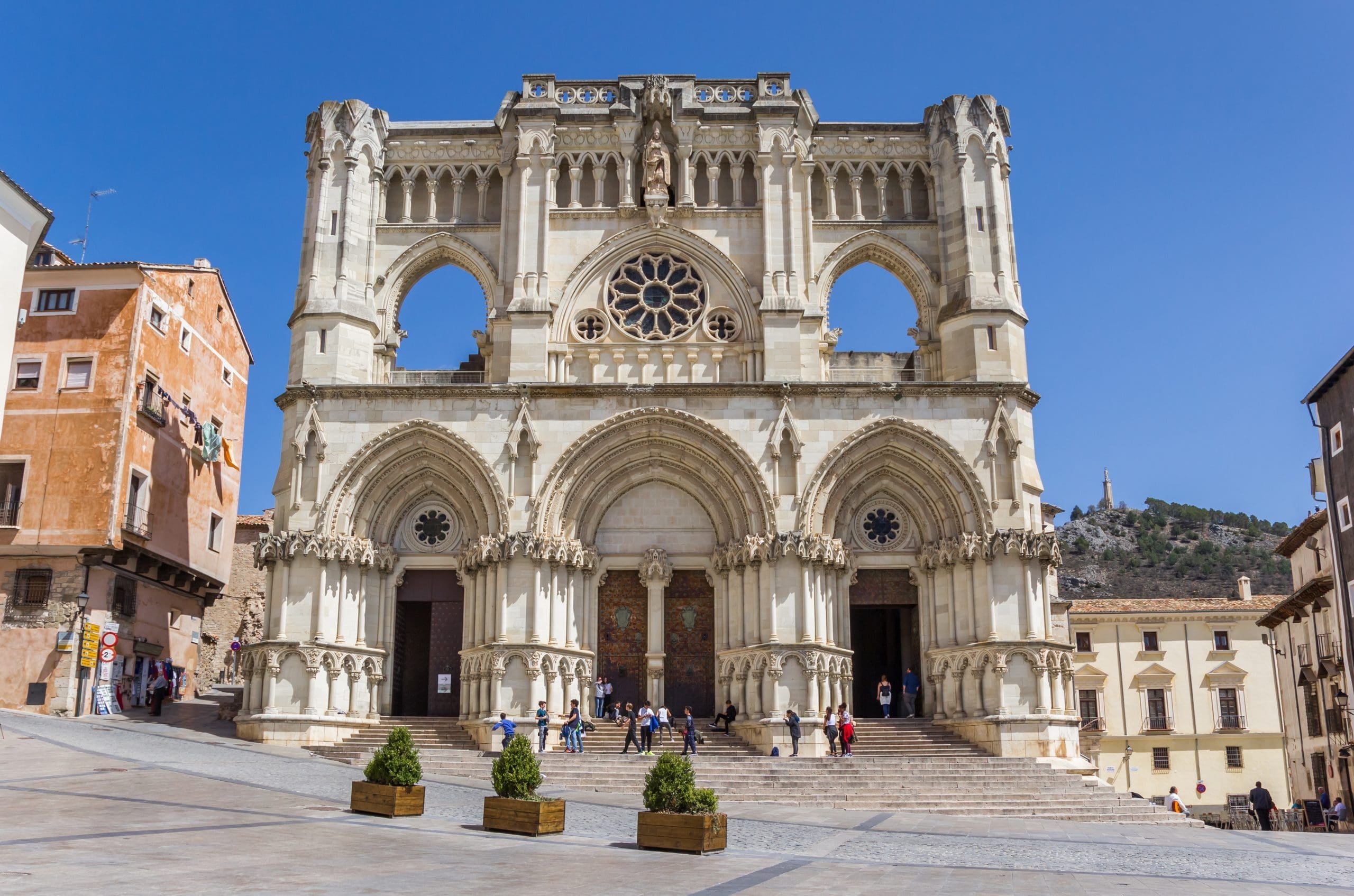
Art as a Gateway to the City
Cultural and touristic connections
The Spanish Abstract Art Museum is also an ideal starting point for discovering Cuenca. Just steps away from Plaza Mayor and the Cathedral, it forms part of a natural route that may also include cultural landmarks such as the Torner Space, the Antonio Pérez Foundation, or the Provincial Historical Archive.
In this context, the museum is not an isolated place, but a key part of a whole in which art, heritage, landscape and gastronomy interweave to offer visitors a complete and deeply memorable experience.
And to enjoy it in the best possible way, our tour of Cuenca for small groups of up to six people includes not only a visit to this magnificent museum but also a guided walk through the city with an expert who unveils its history, curiosities, and lesser-known corners. An exclusive, intimate, and enriching way to discover everything this UNESCO World Heritage jewel has to offer.
“The most beautiful small museum in the world”
Alfred H. Barr, founder and first director of the Museum of Modern Art in New York (MoMA)

